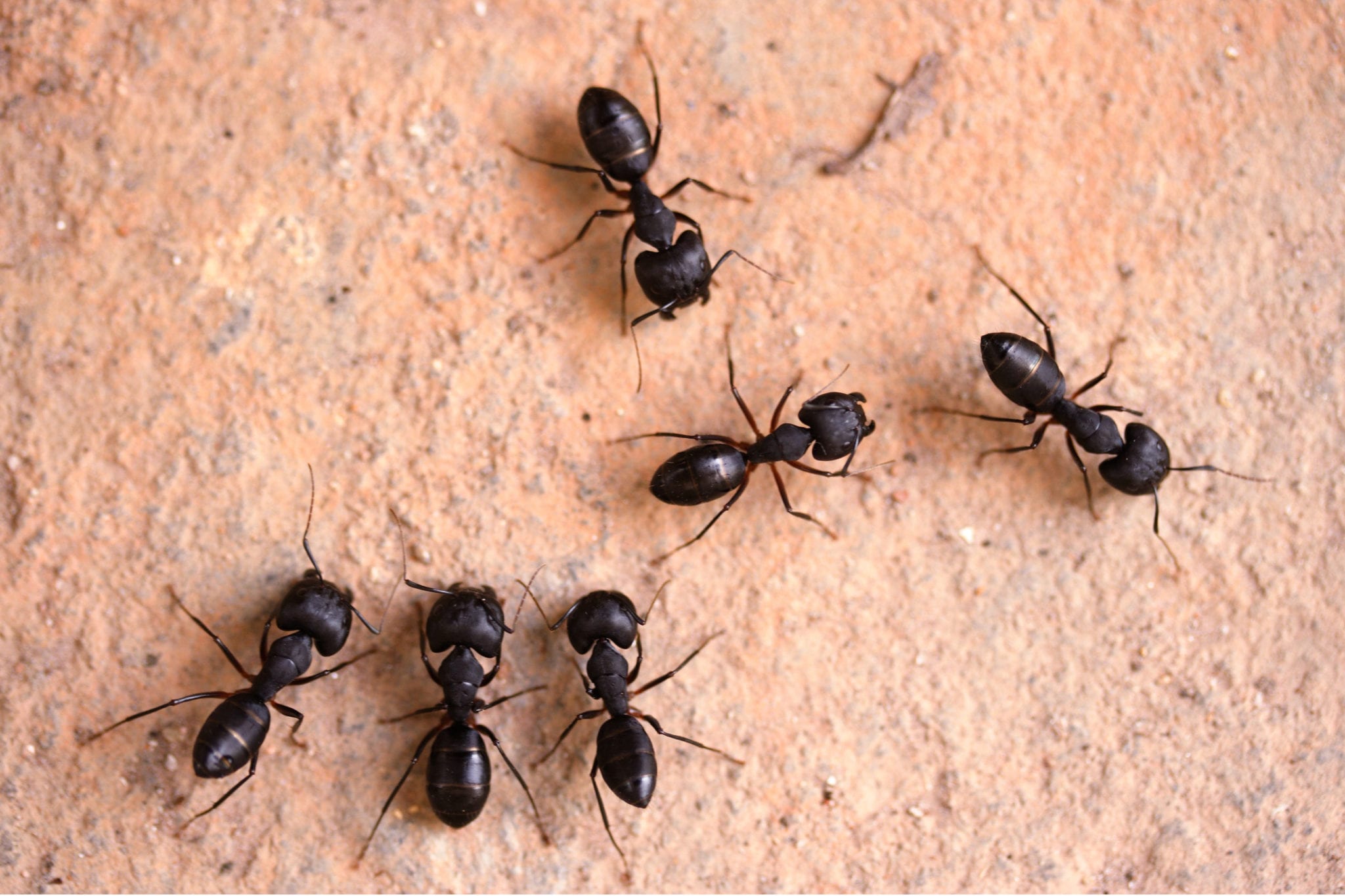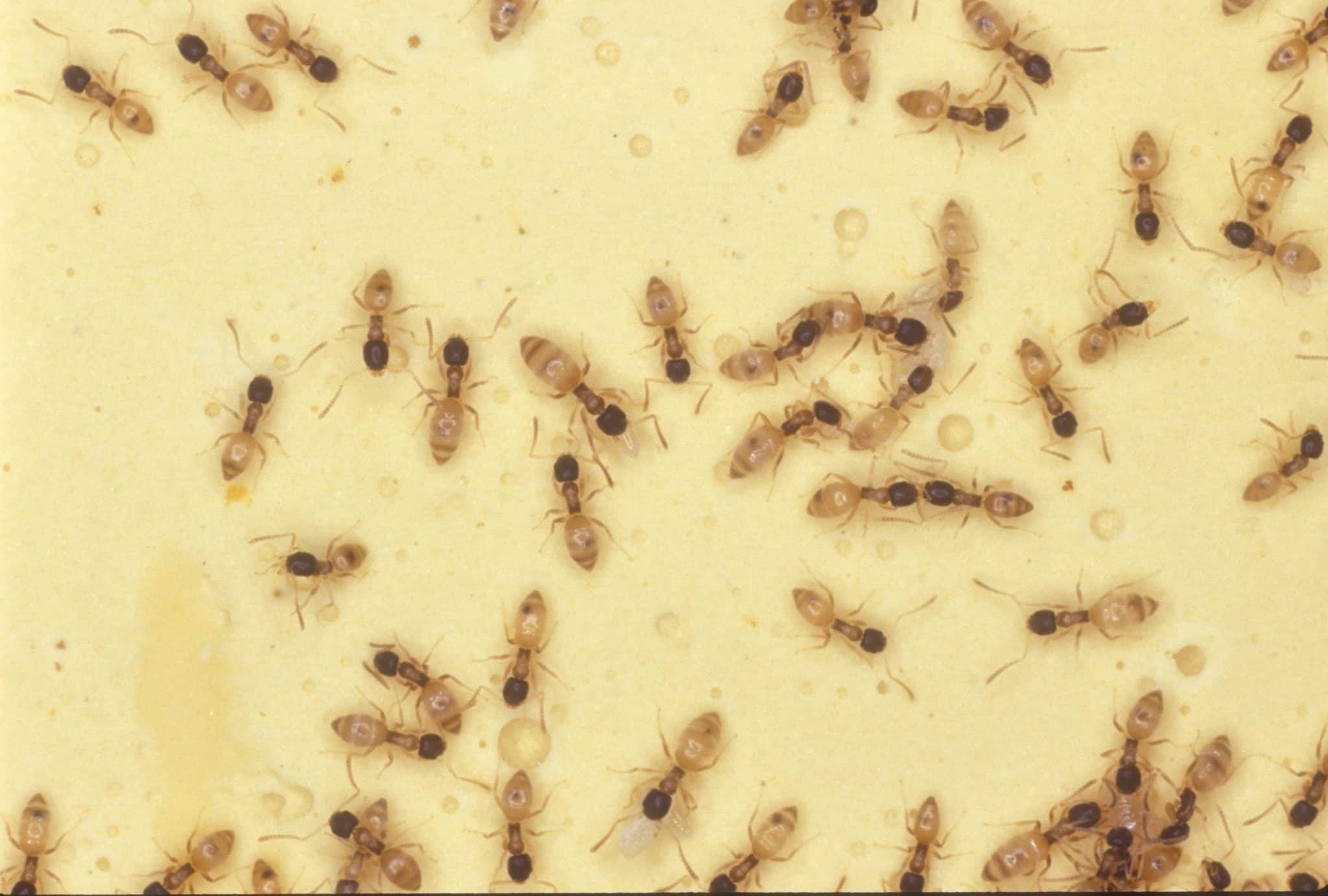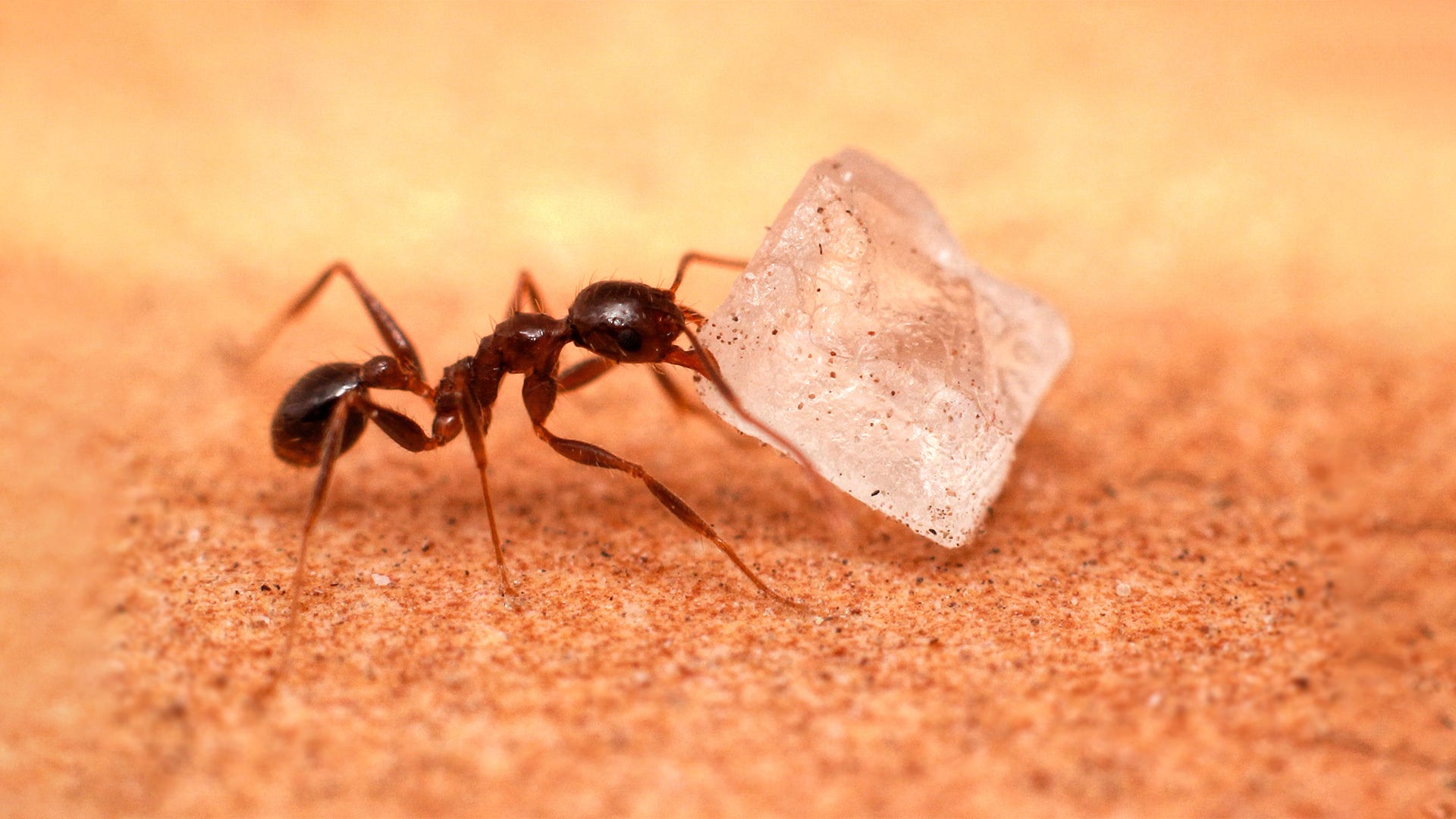Identifying the Ant Species

Identifying the specific species of ants in your bathroom can be crucial in determining the best course of action for their removal. Little black ants with wings are likely reproductive ants, also known as alates, which are responsible for starting new colonies. Understanding their characteristics can help you identify them accurately and take appropriate measures.
Physical Characteristics
Little black ants with wings are typically small, measuring around 1/8 to 1/4 inch in length. Their color is usually a dark brown or black, although they can sometimes appear reddish-brown. The most distinctive feature of these ants is the presence of wings, which are usually longer than their body.
The wings of reproductive ants are transparent and often have a slight iridescent sheen.
They also have three distinct body segments: a head, a thorax (middle section), and an abdomen (rear section). Their antennae are elbowed, meaning they have a distinct bend in the middle.
Worker Ants vs. Reproductive Ants
Worker ants are typically smaller and wingless. They are responsible for foraging for food, caring for the young, and maintaining the colony. Reproductive ants, on the other hand, are larger and have wings. Their primary function is to mate and establish new colonies.
Worker ants are typically wingless, while reproductive ants have wings.
The presence of winged ants in your bathroom is a sign that they are preparing to mate and establish new colonies. This indicates a larger ant population and the potential for further infestation.
Understanding Ant Behavior: Little Black Ants With Wings In Bathroom

Little black ants, often found in bathrooms and other areas of the home, exhibit distinct behaviors that contribute to their successful survival and colony growth. Understanding these behaviors is crucial for effectively managing ant infestations.
Nesting Habits and Foraging Patterns
Little black ants, like many other ant species, are highly social insects that live in organized colonies. These colonies consist of a queen, workers, and males. The queen is responsible for laying eggs, while workers perform various tasks, including foraging for food, caring for the young, and maintaining the nest. Little black ants typically build their nests in concealed locations, such as under rocks, logs, or in the soil. They are also known to create nests in the walls of homes, often finding access through cracks and crevices. Their foraging patterns are characterized by their organized trails and the use of pheromone trails to guide other ants to food sources. These trails can lead them to various food sources, including crumbs, spills, and even sugary substances.
The Role of Winged Ants in the Colony
The appearance of winged ants, also known as alates, in a bathroom can be a sign of a larger ant infestation. These winged ants are reproductive individuals, responsible for mating and establishing new colonies. When conditions are favorable, the colony produces winged ants that swarm in search of mates. After mating, the females shed their wings and establish new colonies, laying eggs and starting the cycle anew. The presence of winged ants in the bathroom suggests that the colony is thriving and may be producing new colonies, indicating a more extensive infestation.
Potential Dangers of Ant Infestations, Little black ants with wings in bathroom
While little black ants may not seem like a significant threat, ant infestations can pose various dangers, including food contamination and allergic reactions. Ants are known to carry bacteria and other pathogens on their bodies, which can contaminate food sources. This can lead to food poisoning and other health issues. Additionally, some people are allergic to ant venom. An ant bite or sting can trigger allergic reactions, ranging from mild itching and redness to severe anaphylaxis, a life-threatening allergic reaction.
Controlling the Ant Infestation

You’ve identified the culprit, understood their behavior, and now it’s time to take action. Eliminating an ant colony requires a multi-pronged approach that combines eliminating existing ants with preventing future infestations. This section will guide you through effective methods to control the ant population in your bathroom and keep them out for good.
Eliminating Existing Ant Colonies
Before you start, it’s important to understand that ants are social insects, meaning they live in colonies with a complex hierarchy. This means that simply killing a few ants won’t solve the problem; you need to target the queen and the colony’s food source.
- Locate the Nest: The first step is to locate the nest. Ants follow trails, so observe where they are coming from and going to. The nest might be hidden in a wall cavity, under the floorboards, or even in a crack in the ceiling.
- Use a Targeted Approach: Once you’ve found the nest, you can use a targeted approach to eliminate the colony. This could involve using a liquid insecticide directly into the nest, or using a bait that the ants will carry back to the nest.
- Clean Up Spills: Ants are attracted to food and water, so make sure to clean up any spills immediately. This includes crumbs, spilled drinks, and even food residue on dishes.
- Seal Entry Points: Ants can enter your bathroom through cracks and crevices in the walls, floors, and around windows and doors. Use caulk or sealant to seal these entry points.
Preventing Future Infestations
Even after eliminating an existing ant colony, you need to take steps to prevent future infestations.
- Store Food Properly: Keep all food items in airtight containers, especially those that are sugary or oily. This will prevent ants from being attracted to the food and creating a new colony.
- Regular Cleaning: Regularly clean your bathroom, especially around the sink, toilet, and shower. This will help to remove any food sources that might attract ants.
- Keep Garbage Sealed: Make sure your garbage cans are sealed tightly and emptied regularly. This will prevent ants from being attracted to the garbage and building a nest.
- Use Natural Deterrents: Some natural deterrents can help to keep ants away. For example, you can sprinkle diatomaceous earth around the perimeter of your bathroom, or you can use essential oils like peppermint or cinnamon.
Ant Control Methods: A Comparison
Different methods are available for controlling ant infestations, each with its advantages and disadvantages.
| Method | Advantages | Disadvantages |
|---|---|---|
| Baits | Effective for targeting the entire colony, relatively safe for humans and pets | Can take time to work, might not be effective for all ant species |
| Sprays | Quick-acting, effective for killing ants on contact | Can be harmful to humans and pets if not used properly, might not reach the entire colony |
| Traps | Effective for catching ants and preventing them from entering your home | Might not be effective for large infestations, can be messy |
